
AMD FSR™ Redstone expands with the latest AMD FSR™ SDK 2.1
AMD FSR 'Redstone' SDK 2.1 enables developers to integrate FSR features into games with easy-to-use APIs and access to advanced neural rendering technologies.
Find the documentation you need right here!
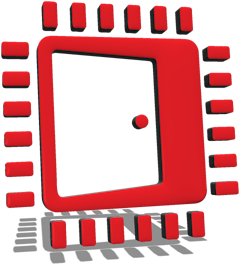
Let us help you get your game or graphics application to even higher levels of performance and visual quality!
Our engineers (and guest bloggers) have created a vast array of GPUOpen software blogs, technical blogs, samples, videos, papers, and much, much more for you to discover here on GPUOpen.
| Title & Description | |
|---|---|
 | AMD FSR™ Redstone expands with the latest AMD FSR™ SDK 2.1AMD FSR 'Redstone' SDK 2.1 enables developers to integrate FSR features into games with easy-to-use APIs and access to advanced neural rendering technologies. |
 | AMD FSR™ Redstone for developers and the neural rendering futureThe AMD FSR Redstone SDK enables developers to integrate neural rendering technologies, including ML-powered upscaling, frame generation, denoising, and radiance caching, for next-generation gaming experiences. |
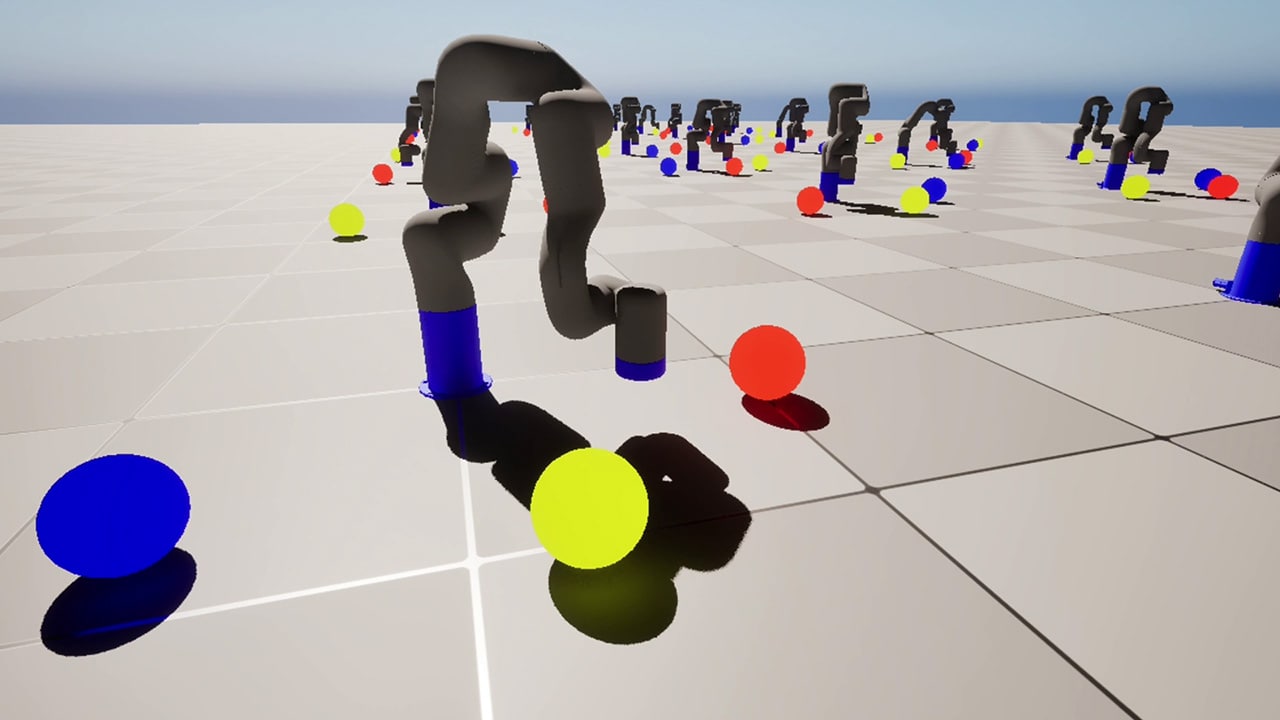 | Training an X-ARM 5 robotic arm with AMD Schola and Unreal EngineTrain a robot arm with reinforcement learning in AMD Schola using Unreal® Engine, progressively increasing task complexity to adapt to changing conditions. |
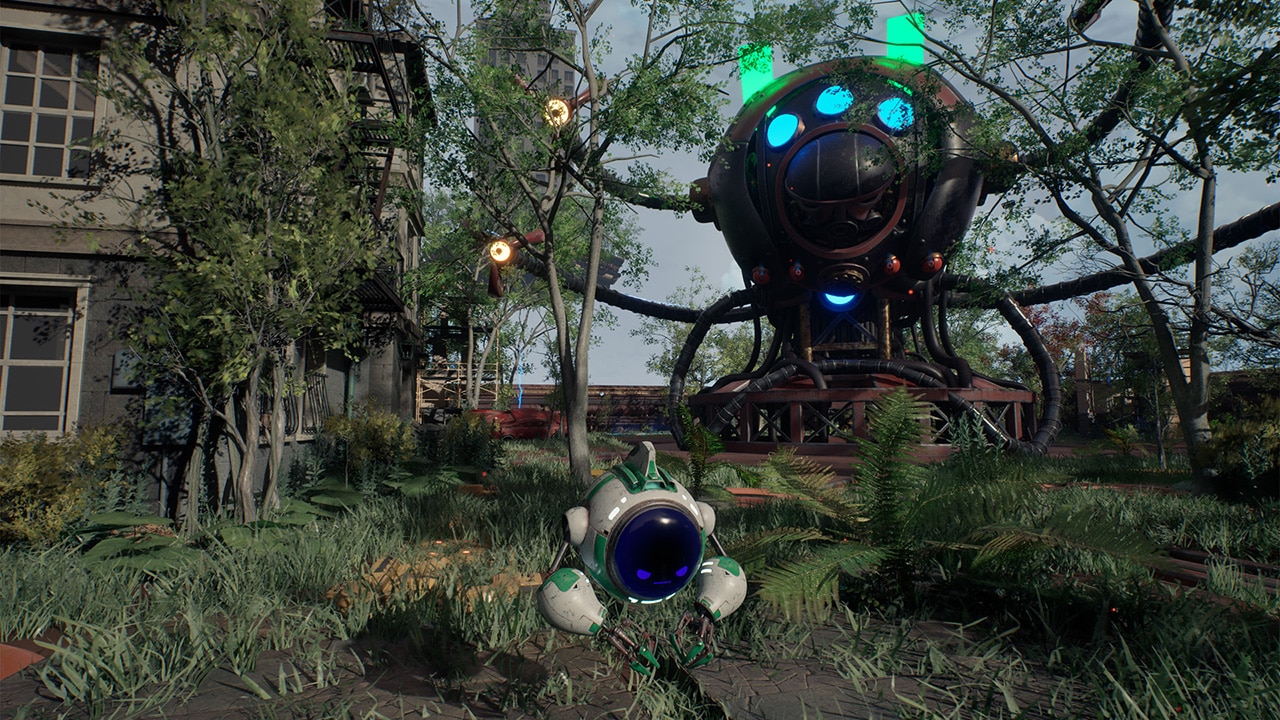 | Announcing AMD Schola v2: Next-generation reinforcement learning for Unreal EngineAMD Schola v2 is a major update to the open-source reinforcement learning plugin for Unreal® Engine 5, offering significant improvements in capabilities, performance, and ease of use for training and deploying AI agents. |
 | Introducing AMD GI-1.2 with multibounce indirect real-time renderingAMD GI-1.2, our real-time Global Illumination solution, is available now as part of the AMD Capsaicin Framework v1.3. |
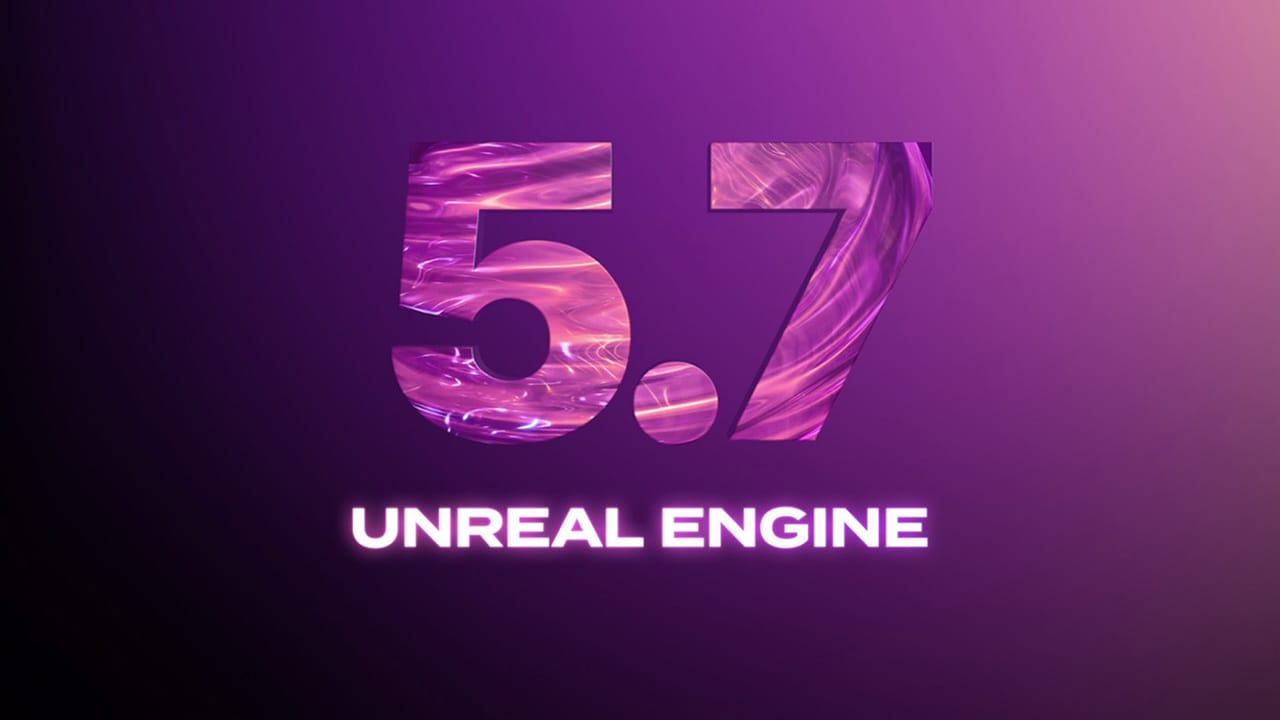 | AMD FidelityFX Super Resolution 4 plugin updated for Unreal Engine 5.7Our AMD FSR 4 plugin has been updated to support Unreal® Engine 5.7, empowering you to build expansive, lifelike, and high-performance worlds. |
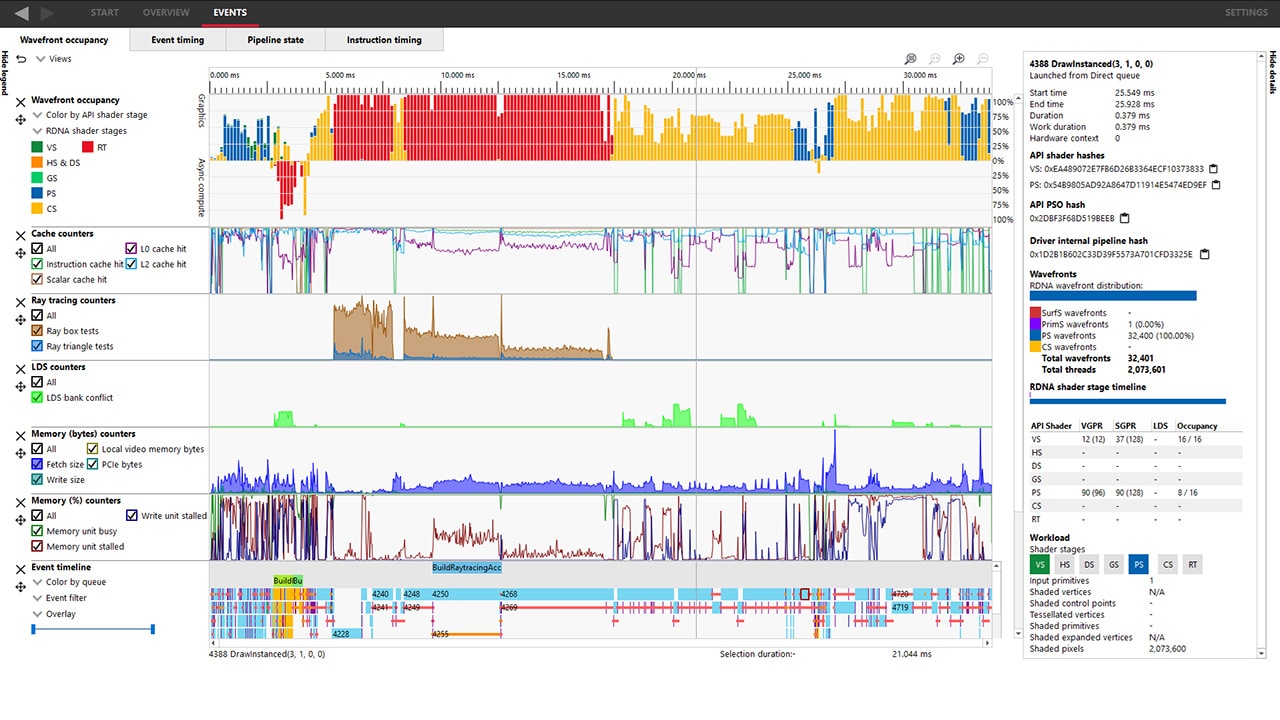 | AMD Radeon Developer Tool Suite updated with new GPU support and significant RGP enhancementsThe latest version of the RDTS is designed to empower developers with enhanced capabilities for profiling, analyzing, and optimizing their GPU applications. |
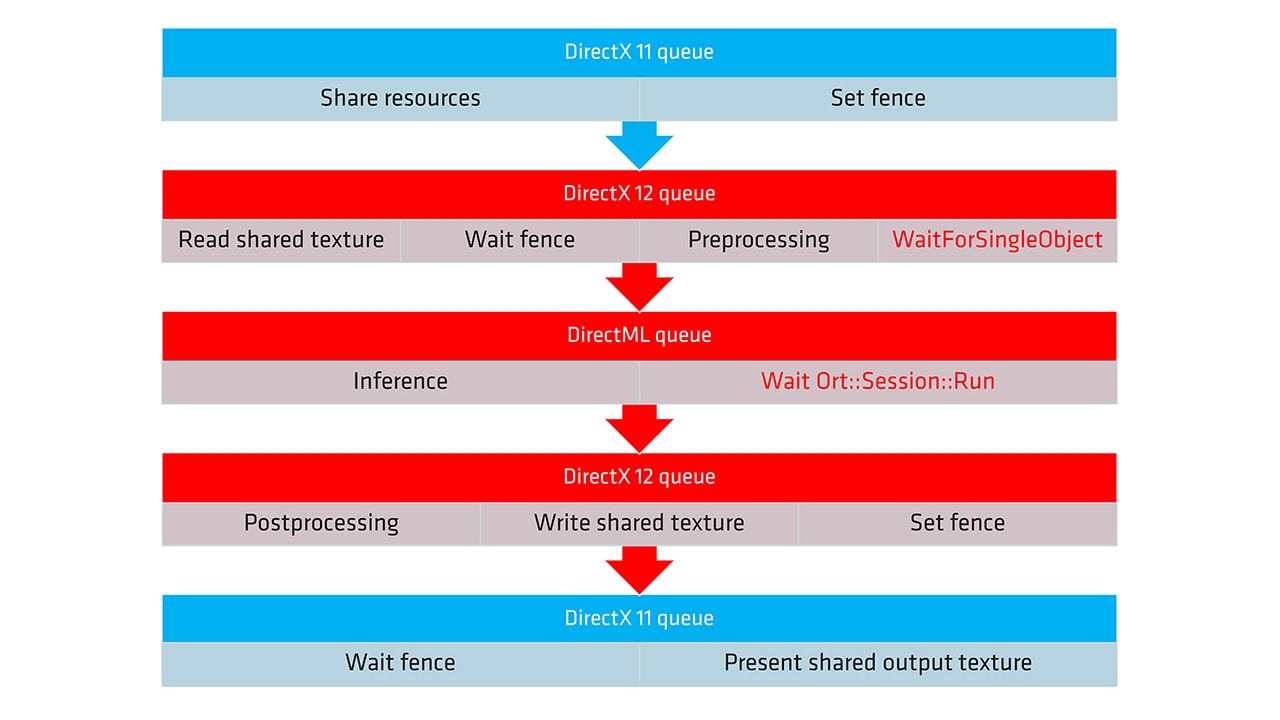 | ONNX and DirectML execution provider guide - part 2Learn how to optimize neural network inference on AMD hardware using the ONNX Runtime with the DirectML execution provider and DirectX 12 in the second part of our guide. |
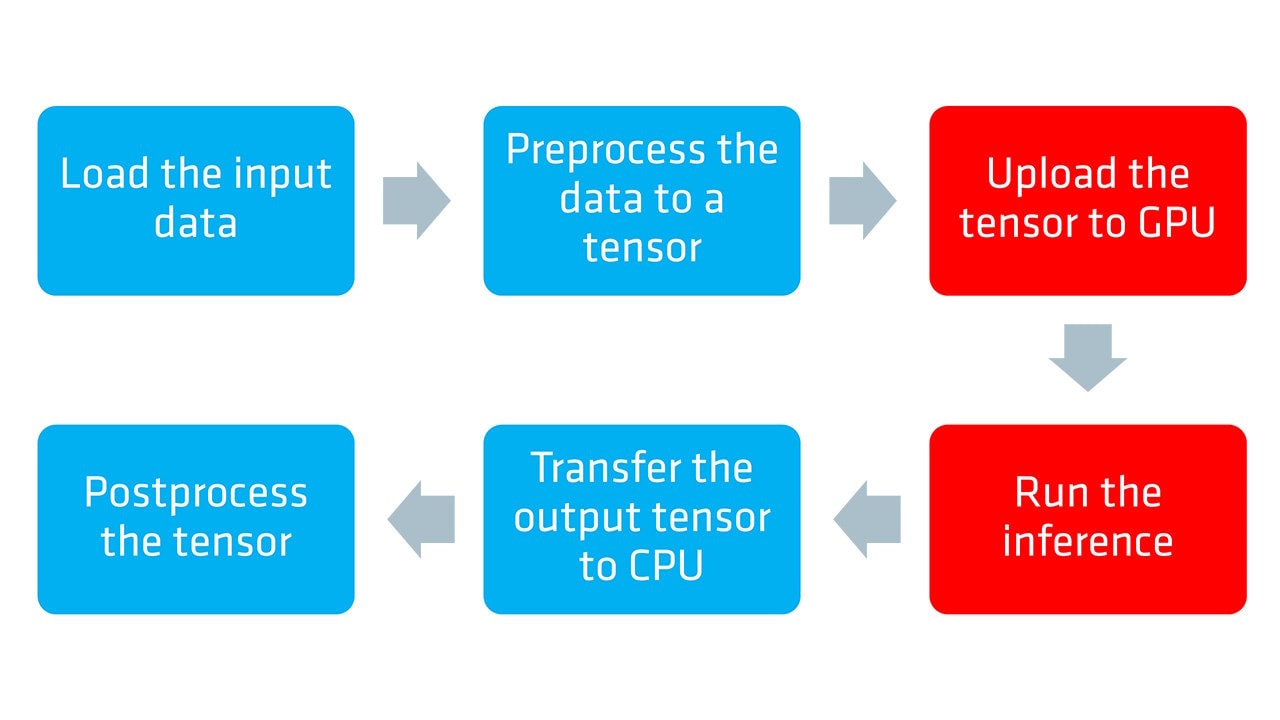 | ONNX and DirectML execution provider guide - part 1Learn how to optimize neural network inference on AMD hardware using the ONNX Runtime with the DirectML execution provider and DirectX 12 in the first part of our guide. |
 | Topaz Labs brings generative AI video enhancement to AMD Radeon GPUsTopaz Labs and AMD collaborate to bring generative AI video enhancement to client devices with AMD Radeon™ GPU technologies, enabling real-time performance and significant gains in video processing workflow. |